Technologies
8 New Google Products We Expect to See This Year
Google might add a foldable to its Pixel line in 2023, but that’s not all.
Google’s device line could end up having a particularly important moment in 2023. The company usually announces new Pixel products throughout the year. Google is expected to release its first foldable phone this year, however, which would directly compete with Samsung’s proven line of Galaxy Z Fold devices.
Google also introduced its own ChatGPT rival, Bard, which it opened up to the public in March. It wouldn’t be surprising to see new developments to Bard and hear about Google’s other AI ambitions during its I/O conference in May.
Both potential announcements would further signal that tech giants are thinking about what’s next for the smartphone and the apps that run on these devices in 2023. Samsung and Motorola, for example, both introduced new concept devices earlier this year with slidable and rollable screens, which could one day succeed today’s foldables. And Microsoft has its own revamped version of Bing that uses AI to provide more direct and conversational answers, giving Google stronger competition in the search arena it’s dominated for years.
Here’s a look at what we’re expecting from Google this year, based on rumors, reports and the company’s typical product launch schedule. We’ll be updating this story regularly as more leaks and reports surface.
Pixel 7A
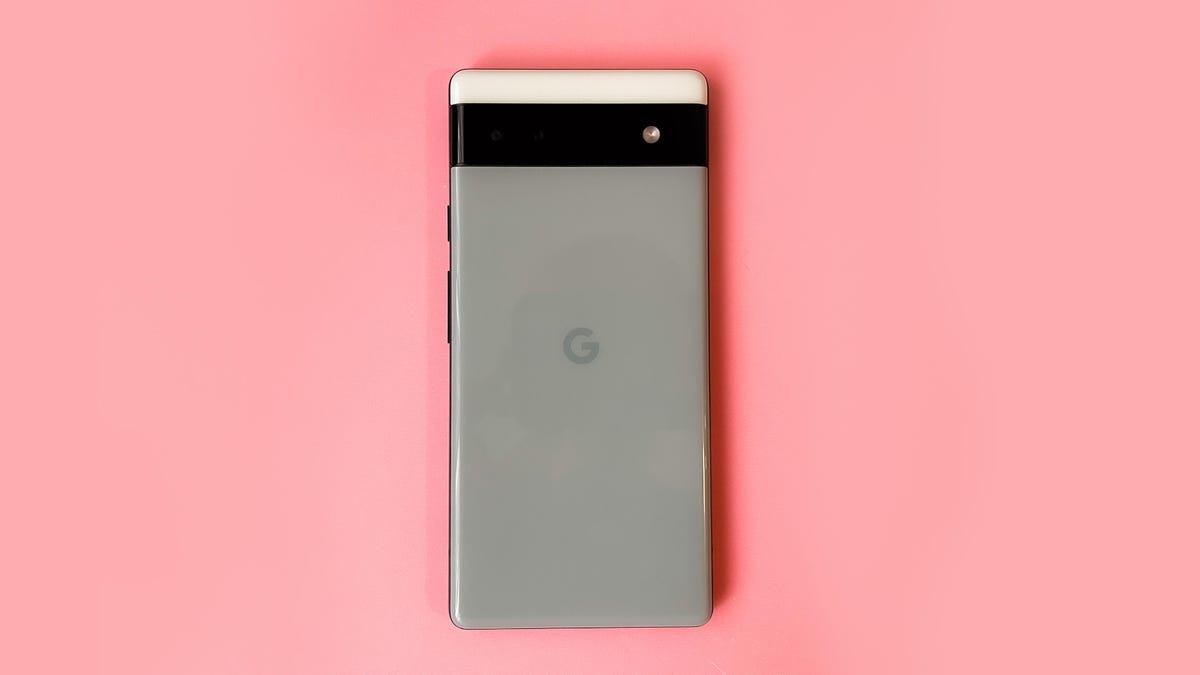

Google’s Pixel 6A from last year.
Lisa Eadicicco/CNETIf history repeats itself, Google will release a cheaper version of the Pixel 7 known as the Pixel 7A in the spring or summer. Google introduced the Pixel 6A at Google I/O last year before putting it on sale in July. That means we might be just weeks away from learning about the Pixel 7A, if Google does decide to announce it at its annual developer conference again this year.
We won’t know anything for certain until Google debuts the Pixel 7A, but some leaks and reports have provided clues about what it might include. Developer Kuba Wojciechowski, who claims to have found details possibly referring to the Pixel 7A in the Android codebase, suggests the Pixel 7A could have a screen with a higher 90Hz refresh rate and wireless charging.
That might not sound too exciting, but it’s notable because these two features are absent from the 6A. By bringing them to the Pixel 7A, Google would further close the gap between its premium and budget-friendly phones.
Another purported leak from Vietnamese website Zing News suggests the Pixel 7A will have a 6.1-inch screen just like the 6A and a design that resembles the Pixel 7.
If the Pixel 7A follows in the Pixel 6A’s footsteps, we can expect it to have the same Tensor G2 processor as the Pixel 7, but a camera that’s a step down.
Pixel Fold
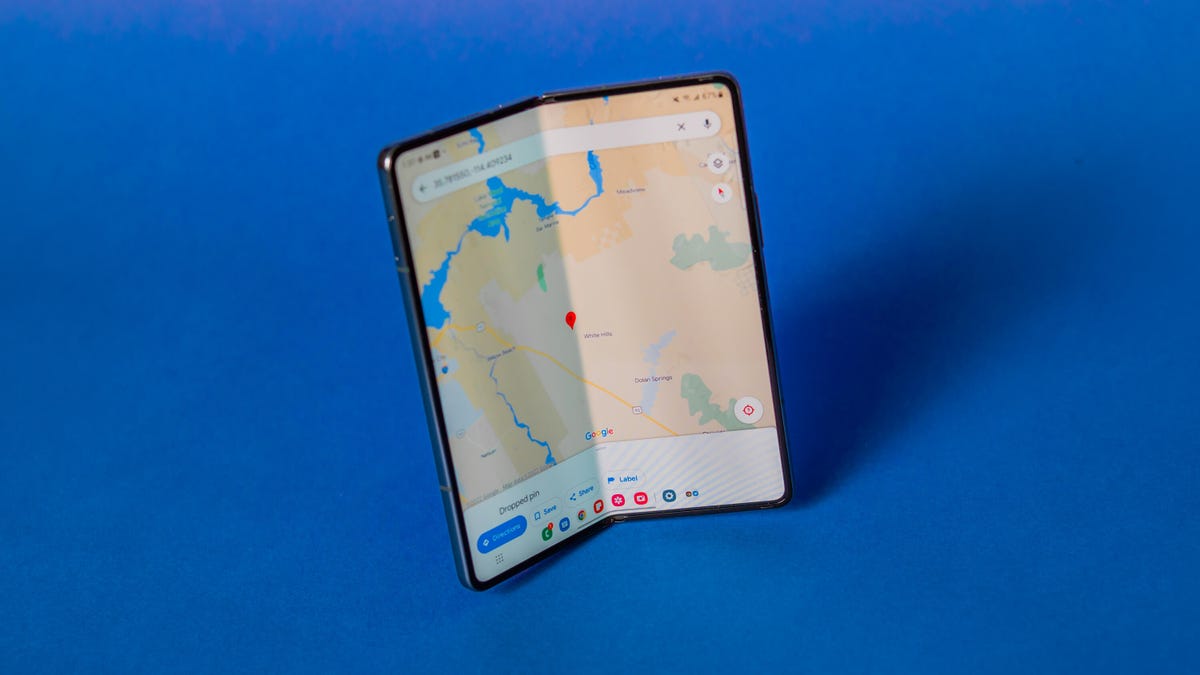

Samsung is currently the leader when it comes to foldable phones like the Z Fold 4, but maybe Google could give it some competition.
James Martin/CNETAside from Apple, Google is one of the only major phone-makers that hasn’t released a foldable phone or discussed plans to do so. But that could change in the near future. Reports from 9to5Google and WinFuture suggest Google’s first foldable Pixel device could arrive as soon as June.
The phone could avoid the Samsung Z Fold series’ tall, thin design in favor of a shorter, wider format with a look that’s similar to the Oppo Find N or Microsoft Surface Duo, according to reports and leaks from 9to5Google and YouTube personality Dave2D. Code in the beta for Android 13, which Wojciechowski says he discovered, also suggests the Pixel Fold would have a camera with main, ultrawide and telephoto lenses.
Google is known for undercutting rivals like Apple and Samsung on price with its regular Pixel phones. If Google does release a foldable phone, I’m hoping it takes a similar approach. Samsung currently dominates foldable phones with 62% of the market in the first half of 2022, according to Counterpoint Research, so it’ll be interesting to see if Google can give Samsung some worthwhile competition.
Sales of foldable phones are growing, but they still make up just a fraction of the broader smartphone market. Global shipments are expected to grow by 52% year-over-year in 2023, according to Counterpoint, reaching 22.7 million units. But when you consider that 304 million smartphones are estimated to have been shipped in the fourth quarter of 2022 based on Counterpoint’s findings, 22.7 million in a whole year seems like a drop in the ocean.
Pixel 8 and 8 Pro
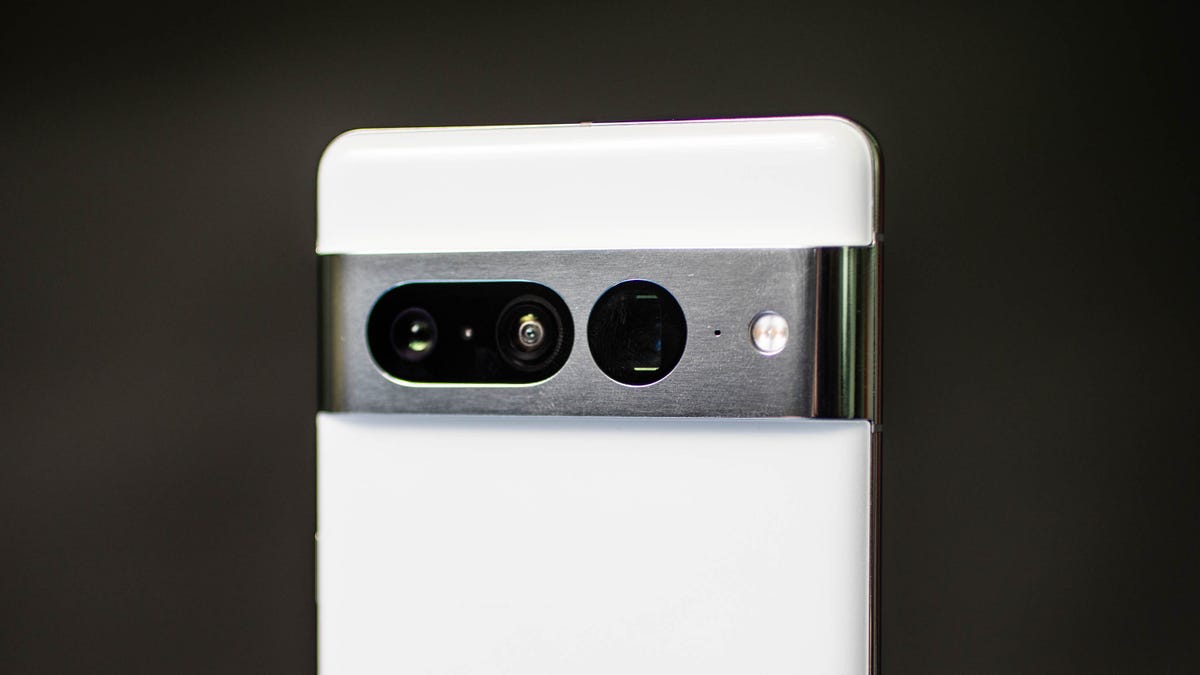

Google typically releases new flagship Pixel phones in the fall, and we’re expecting the company to follow that same pattern in 2023. We won’t know what’s in store for Google’s Pixel 8 and 8 Pro until it announces those devices.
However, Google’s updates have been very camera-centric in recent years, with the Pixel 7 lineup gaining improved zoom and the Pixel 7 Pro receiving a new macro photography mode. With the Pixel 6 and 6 Pro, which were the first Pixels to run on Google’s Tensor chips, we saw new features like Magic Eraser, Face Unblur and Real Tone. With that in mind, it wouldn’t be surprising to see Google push the camera even further on the Pixel 8 and 8 Pro, although we won’t know exactly what that looks like just yet. Both phones will also likely have a new Tensor processor, too.
Leaks have been scarce so far, but there have been a few reports claiming to provide details about Google’s next pair of Pixels. WinFuture reports the new phones will run on Android 14, which is expected to be the next major version of Android, and will have 12GB of RAM. Well-known gadget leaker Steve Hemmerstoffer also partnered with blogs MySmartPrice and SmartPrix to publish what are said to be renderings of the Pixel 8 and Pixel 8 Pro.
Android 14
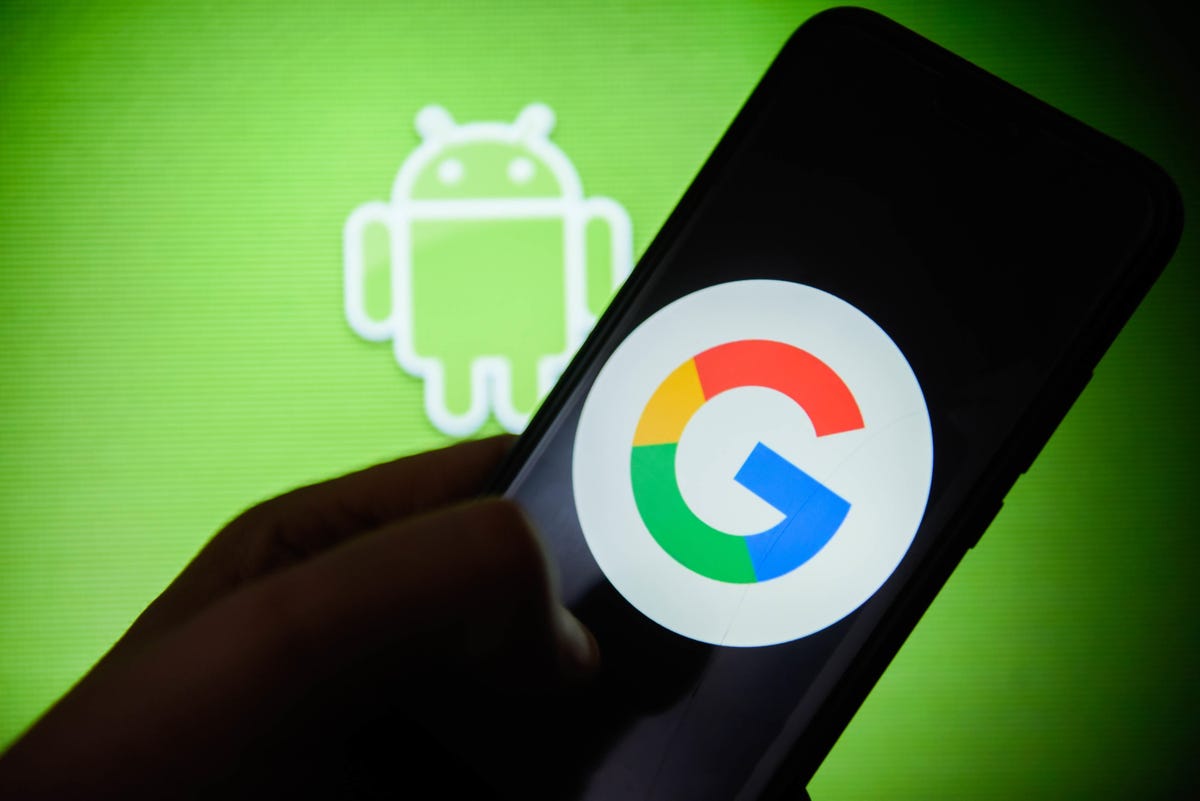

Android 14 is currently available in a preview mode for developers, with the final consumer-ready version expected to arrive in the fall. Google releases new Android features and Pixel-specific features throughout the year, but its annual version upgrades usually provide sweeping platform-wide improvements.
Android 13, for example, introduced more color options for Google’s Material You interface, end-to-end encryption for RCS group chats in Messages and more privacy protections, such as the option to grant apps access to a limited selection of photos instead of your whole library.
Based on what we know about Android 14 so far, it seems like Google will continue building on these themes by making improvements related to power efficiency, privacy and accessibility. We’ll likely find out more at Google’s I/O developer conference in May.
Pixel Tablet
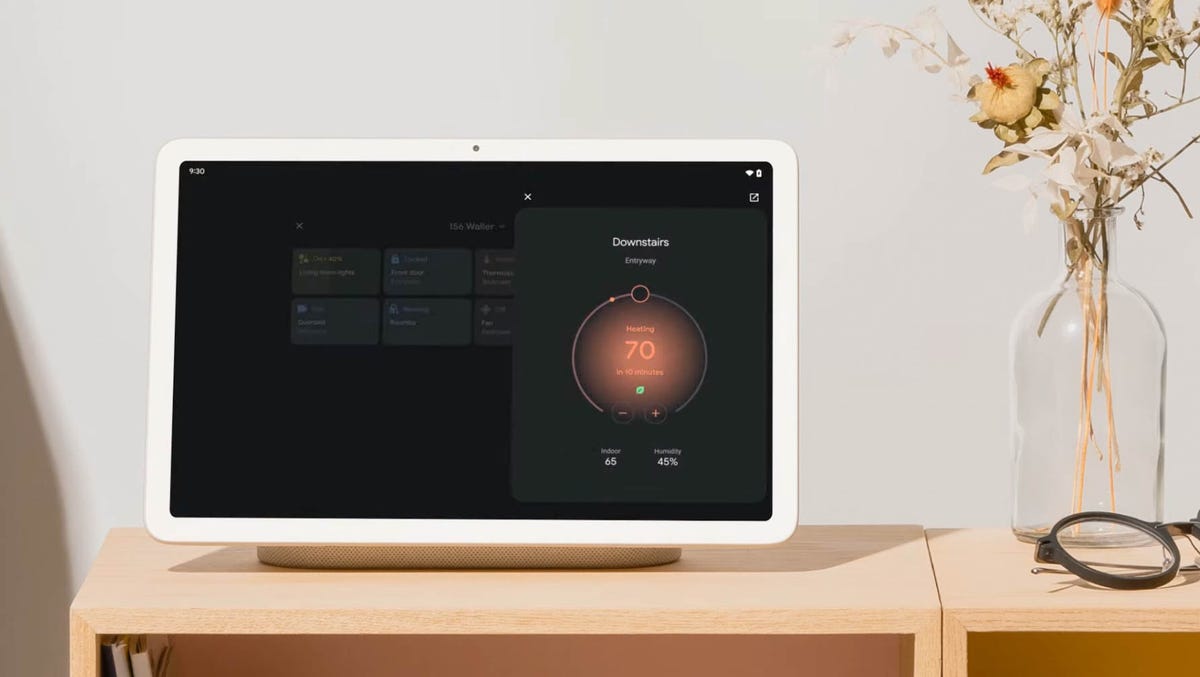

Google is taking a fresh approach to tablets with its upcoming Pixel Tablet, which will have a speaker charging dock that turns it into a Nest Hub when docked.
The company hasn’t revealed much about its upcoming tablet, but it did provide some details during its last Pixel event in October. Other than its speaker dock, we also learned that the tablet will have a nano-ceramic coating inspired by porcelain and will run on the Tensor G2 processor found in the Pixel 7 and 7 Pro.
Google said it plans to launch the tablet in 2023, although it didn’t provide specifics. We’re expecting to learn more at Google I/O or in the fall, when the company typically holds its Pixel product launch event.
More AI in Google Search and elsewhere
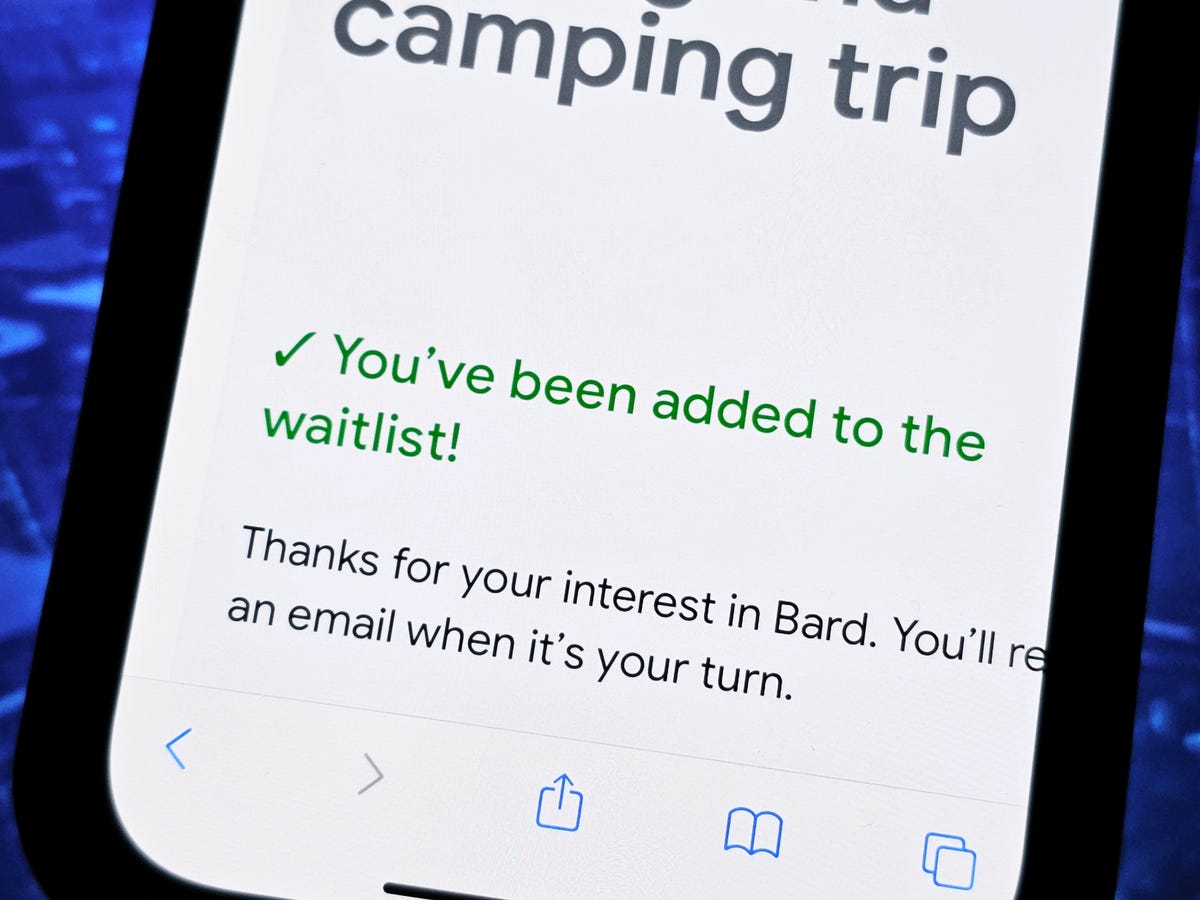

Joining the Bard waitlist only takes a few taps/clicks.
Nelson Aguilar/CNETFollowing the success of ChatGPT, generative AI has been everywhere in 2023 — and that includes in Google’s products. The company already introduced its AI-powered search chatbot Bard and announced new AI features for Gmail and Google Docs for generating drafts and rewriting emails.
But we’re expecting AI to be a dominant trend at Google I/O conference this year, especially as it seeks to keep pace with Microsoft and other rivals. Google reportedly issued a code red in December after ChatGPT debuted, according to The New York Times, so it wouldn’t be surprising to see Google use its conference as an opportunity to assert its authority in AI.
AI has been a prominent theme at Google I/O before. Last year, for example, Google discussed improvements to automation, like auto translation and transcription for video, as well as updates to Search that make it better at handling questions that combine text and images. With all the attention Microsoft’s Bing has garnered thanks to its incorporation of AI, Google will likely make AI and Search a centerpiece of its I/O presentation.
Pixel Watch 2
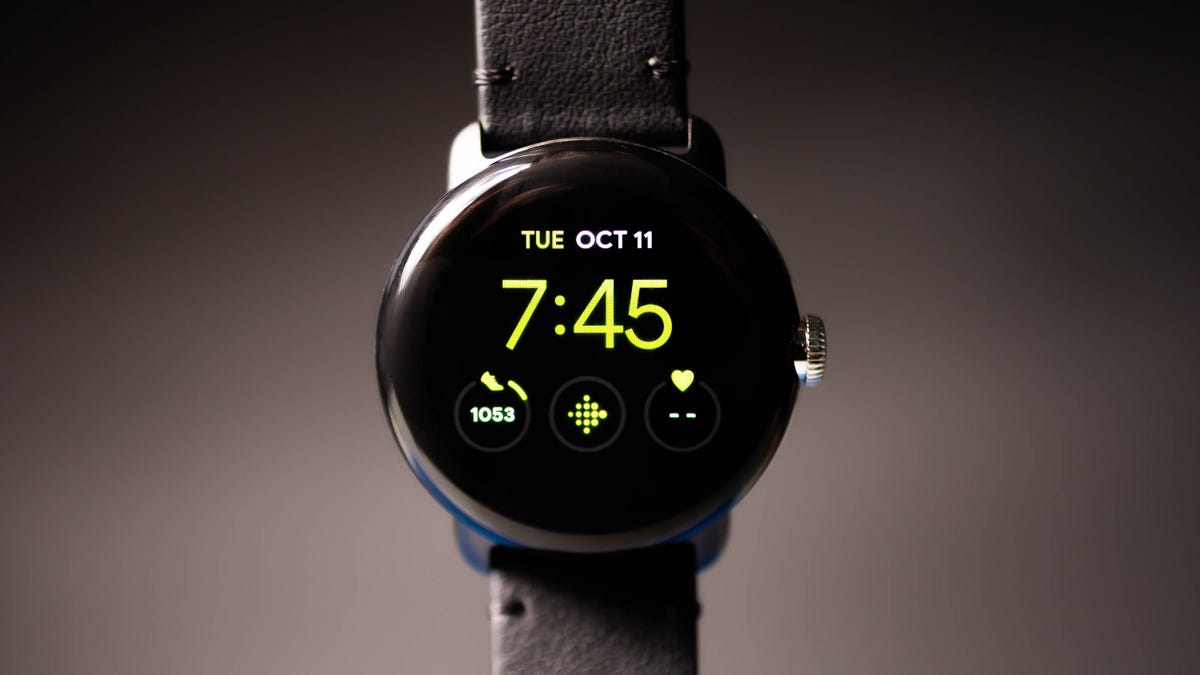

Google hasn’t discussed plans for future Pixel Watches, nor have there been many leaks or rumors about what’s next for Google’s smartwatch. But since Google’s Pixel phones follow a yearly cadence — as do the Pixel Watch’s biggest competitors like the Apple Watch and Samsung Galaxy Watch — it wouldn’t be surprising to see the Pixel Watch follow suit.
Based on Google’s current direction for the Pixel Watch, we can probably expect to see the same round design on its sequel. The latest version of Wear OS, which we’re expecting to hear more about at Google I/O, will also likely make an appearance. I’m also hoping to see longer battery life and a few extra health and fitness-tracking features, such as auto-workout detection.
Technologies
Can Chemicals Turn My Orange iPhone 17 Pink? Here’s What I Found Out
There are reports that some cosmic orange iPhone 17 Pro handsets are turning pink. I threw chemicals at my iPhone to see what would happen.
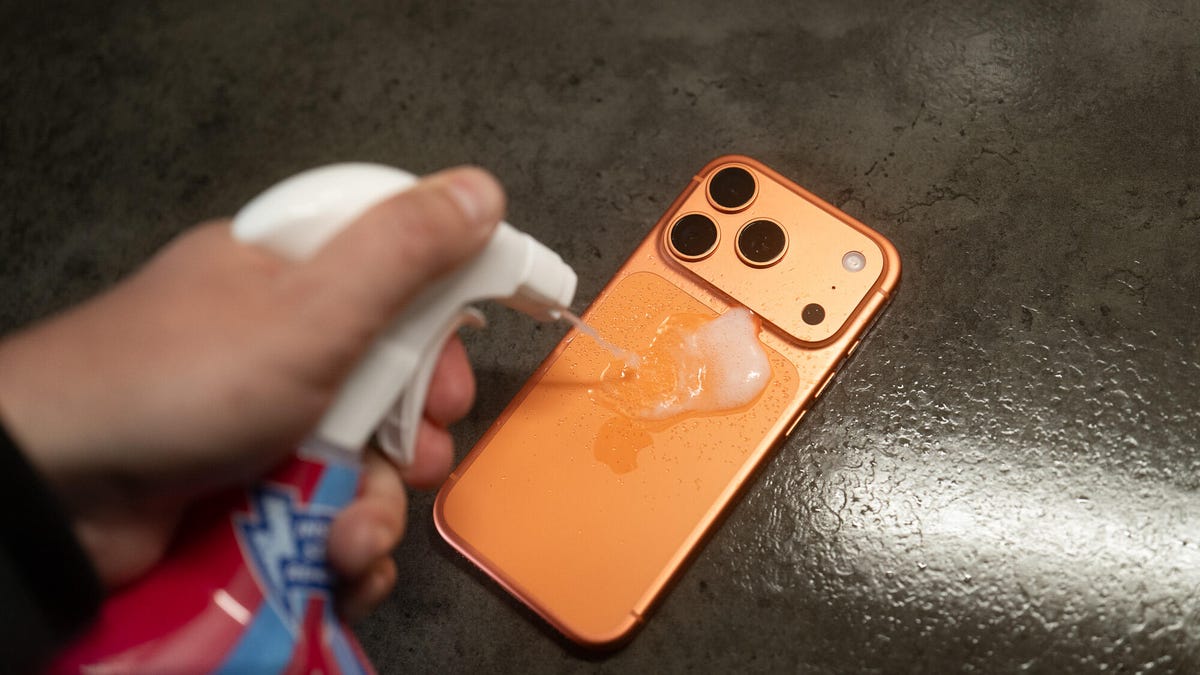
A recent Reddit thread suggests that it’s possible for a cosmic orange iPhone 17 Pro to turn vibrant pink. As PCMag’s Eric Zeman noted, it’s likely that the phone has been discolored by cleaning substances that affected the finish, turning it from vibrant orange to a wild hot pink. Sure, this might technically be a fault, but in all honesty I love pink phones and the idea of a hot pink iPhone 17 Pro filled me with joy. So I wanted to see if I could test the theory and see just what color-changing effects various household cleaners might have on my phone.
It’s important to note here that the iPhone 17 Pro I used was bought by CNET for the purposes of testing. Had I paid over $1,000 of my own money I wouldn’t be so reckless in smearing it with chemicals that could potentially irreparably harm it. And you shouldn’t either. If you need to clean your phone, do it safely. Disclaimer aside, let’s dive in.
The chemicals
I bought two chemicals to test this out. Zeman explains that it may be oxidation that caused the color to change and that hydrogen peroxide could do this. I couldn’t find this over the counter in the UK, so I instead bought an «oxy-active» stain remover spray that, among other things, contains «oxygen-based bleaching agents» which sounded ideal. Apple also clearly states «don’t use products containing bleach or hydrogen peroxide» on its support page so, naturally, I bought some thick bleach too.
Oxy application
I started by spraying the oxy cleaner on a microfiber cloth until it was noticeably wet from the liquid and then liberally applied this all over the rear of the iPhone. The Reddit user with the affected phone showed that it only affected the metal parts, not the glass back panel, so I made sure to focus my attention on the sides and camera bar.
With the phone well and truly doused in chemicals that have no business being anywhere near a phone, I left it to sit and think about what it had done for 30 minutes — after which time I wiped it dry and took a close inspection. Disappointingly, my phone was still factory orange, rather than «what the hell have you done to your phone» pink. Time to move on.
Bleach blast
I opened the bleach and trying hard not to think about my days as a middle school cleaner, applied a liberal blob of the stuff to a cloth and smeared it over the defenceless phone, concentrating again on the metal areas. I definitely should have worn protective gloves for all of this so please make sure you take better care of yourself than I do if you do anything with bleach.
Again, I gave it a 30-minute settling in period before cleaning it off and inspecting the results.
The phone remained as orange as ever, looking as box fresh as it was the day before when it was, indeed, box fresh. The orange color hadn’t changed and now almost 24 hours later there’s still no sign of discoloration of any kind.
Is the pink iPhone 17 real?
I can’t say with any certainty whether the Reddit user’s images of a pink iPhone 17 Pro are real or not. The cuddly human side of me wants to take them at their word, while the journalist in me is sceptical. What I can say with certainty is that putting your orange iPhone into close contact with household cleaning products isn’t going to win you a funky, ultra-rare pink hue that you could sell on eBay for a small fortune.
It’s possible that using pure peroxide could be the thing that does it, but to be honest, if you’re going out of your way to throw industrial-grade chemicals at your phone then you may as well just directly try and dye it. My goal here was to see how susceptible the orange model is to everyday household cleaners such as kitchen cleaner or bathroom bleach — the sort of things it might naturally come into contact with in routine use. And what I’ve found is that, no, it won’t ruin the nice orange color. But it’s probably still not good for your phone.
Technologies
My Teen Loves Her Apple AirPods Pro 2 and You Will Too With This $100 Off Deal for Black Friday
Apple’s AirPods Pro 2 have everything you could want from a pair of wireless earbuds, plus a steep discount.
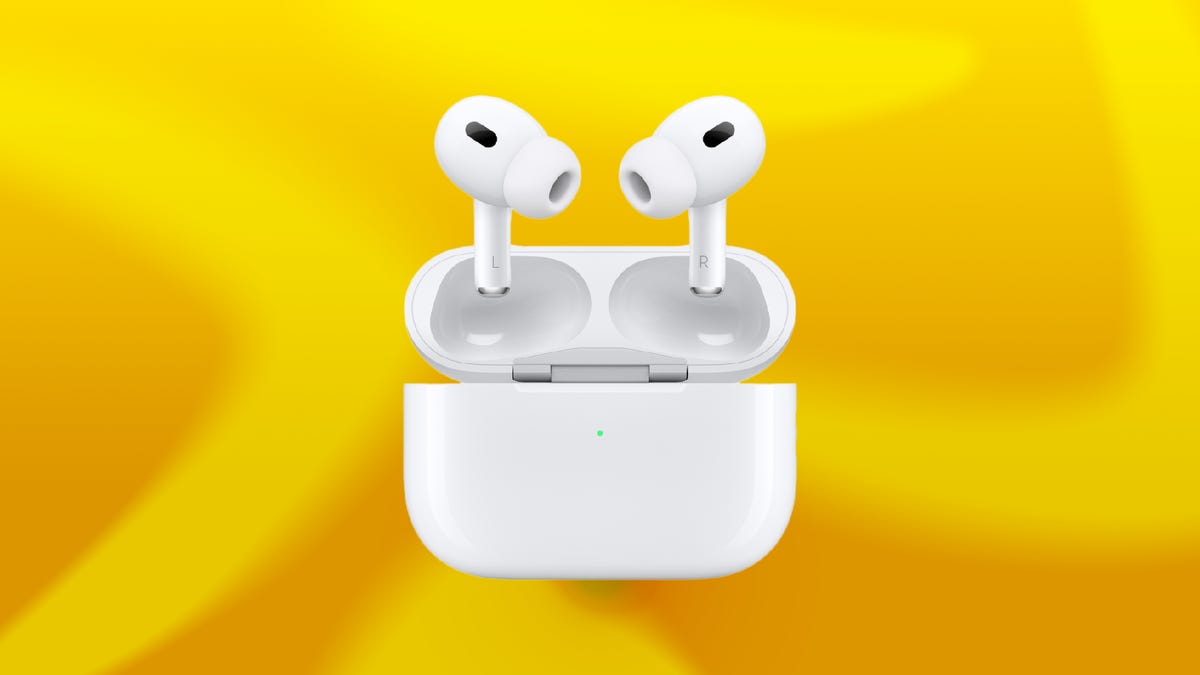
Black Friday deals: The Apple AirPods Pro 2 are some of the best personal audio gear on the market, even if they aren’t the latest model anymore. Sure, Apple’s AirPods Pro 3 are the newest earbuds in the lineup but the AirPods Pro 2 are still an excellent pick for most people.
They’re an even better buy this week during early Black Friday sales when you can get your hands on a pair of Apple AirPods Pro 2 at a discount. Right now, Walmart is shaving a massive $100 off the AirPods Pro 2, dropping the cost to $139. That’s one of the lowest prices we’ve seen — but we doubt this deal will stick around for long.
Don’t miss any of our unbiased tech content and lab-based reviews. Add CNET as a preferred Google source.
HEADPHONE DEALS OF THE WEEK
-
$248 (save $152)
-
$298 (save $131)
-
$170 (save $180)
-
$250 (save $200)
CNET’s key takeaways
- You can get these amazing earbuds for just $139 right now at Walmart.
- My teenager loves everything about them.
- The sound quality is exceptional.
- The noise cancellation can help give you some peace, even in a busy home.
My 13-year-old daughter loves her music and her privacy, and for years she has wanted a pair of AirPods. They’re not cheap so I’ve only been getting her more budget options, like the Amazon Echo Buds, as a result. These kept seemingly disappearing, though, so I finally ponied up for the AirPods Pro 2.
I picked them up during last year’s sales, and they were definitely well-received. She’s happy, she uses them every day, and she hasn’t lost them yet. The AirPods Pro 2 are currently on sale at Walmart for $139, a nice price for a high-quality pair like these, and one of the lowest we’ve seen.
What about the AirPods Pro 3?
The AirPods Pro 3 weren’t available at the time I bought the AirPods Pro 2, but they were rumored, and I didn’t wait to see what they offered. As CNET’s resident headphone expert, David Carnoy summarized in his AirPods Pro 3 and Pro 3 comparison, the newer model is «significantly improved in the four most important areas: fit, sound quality, noise cancellation and battery life.» They also have heart-rate monitoring, like the Beats Powerbeats Pro 2.
Hey, did you know? CNET Deals texts are free, easy and save you money.
While these are undoubtedly all important things, a lot of people aren’t going to notice the differences or make the most of the new features. With the AirPods Pro 3 being newer, they’re on a smaller sale and are currently available at Amazon for $220, which is $30 off the list price.
Why I didn’t get the AirPods 4 instead
Why did I choose AirPods Pro 2 instead of the AirPods 4 with ANC? First, as I mentioned in another article about a different pair of earbuds I bought, I think sealed, in-ear buds are better than open-design models like the AirPods 4. The seal creates another layer of noise isolation and contributes to superior sound quality, and if you want to pay attention to the world you can always engage ambient sound mode, which Apple calls transparency mode.
Also a factor was that, at the time, Carnoy considered the Pro 2 the best Apple noise-canceling wireless earbuds: «While we’re quite impressed with those new models — and with the AirPods 4 ANC in particular — the AirPods Pro 2 remain arguably the best Apple AirPods you can buy if you don’t mind having silicone ear tips jammed in your ears,» he said.
My daughter uses earplugs all the time to help her sleep, so she definitely qualifies as somebody who’s comfortable stuffing things in her ears. Like her fingers, when I start using words like «sigma,» «skibidi» and «relatable» to try to relate to her.
I asked Carnoy about the Pro 2s potentially not fitting in her kid-size ears and he reassured me that the range of eartips that come with the Pro 2s «now include XS, so they should fit.»
Do AirPods make a great gift?
It took me years to finally understand, but yes, for someone looking for wireless earbuds, AirPods — especially the Apple AirPods Pro 2 — make the perfect gift, regardless of whether you’re a teenage girl.
Join Our Daily Deals Text Group!
Get hand-picked deals from CNET shopping experts straight to your phone.
By signing up, you confirm you are 16+ and agree to receive recurring marketing messages at the phone number provided. Consent is not a condition of purchase. Reply STOP to unsubscribe. Msg & data rates may apply. View our Privacy Policy and Terms of Use.
Technologies
If You’re Flying for the Holidays, This Bluetooth Dongle Transforms In-Flight Movies, and It’s 35% Off for Black Friday
Watch airplane movies just like you would at home with this game-changing device.

Air travel for the holidays can be stressful, especially when winter weather or flight delays force a change of plans, but one perk of flying still remains — watching new-release movies. However, in-flight entertainment on most airlines usually requires a wired set of earbuds. (And the ones the airline hands out are so bad they may as well not even be connected.)
I’d far prefer to use my wireless, noise-canceling AirPods Pro, but they connect only via Bluetooth. There’s a simple tech solution that makes viewing movies on the plane feel more like watching them on your couch.
The AirFly is a simple Bluetooth dongle that allows me to connect my wireless earbuds directly to the airplane’s entertainment system, eliminating the need for adapters or wired workarounds.
It’s become a must-pack item in my travel bag. Since I started using it, I’ve stopped dreading in-flight audio and finally get to enjoy movies on the plane. If you fly often, this little gadget could completely change how you travel. And the base level AirFly SE is 35% off for Black Friday at Amazon.
The AirFly Pro lets me enjoy in-flight entertainment
The AirFly Pro from Twelve South is a minimally designed dongle that allows me to connect to the 3.5mm headphone jack in my airplane seat, enabling me to listen to in-flight entertainment on my noise-canceling earbuds.
All I have to do is pair the AirFly with the Bluetooth headphones I’m using, such as my AirPods Pro, plug the AirFly into the display in front of me, and I’m all set. I don’t even need to use my phone to connect the two devices.
There are several versions of the AirFly: the AirFly SE, which is currently on sale for $26 on Amazon and connects to just one set of headphones, the AirFly Pro at $55, the Pro V2 at $60 and the Pro 2 Deluxe at $70, which comes with an international headphone adapter and a suede travel case.
Hey, did you know? CNET Deals texts are free, easy and save you money.
I use the AirFly Pro, which has been a game-changer for me on flights. I’ve never had to worry about battery life since the AirFly Pro lasts for over 25 hours and can be fully charged in just three hours. I can also pair two separate pairs of headphones to a single AirFly Pro, in case I’m with someone else on a flight and want to watch the same movie or show.
And if that’s not enough, the AirFly Pro also doubles as an audio transmitter, allowing me to turn any speaker with a headphone jack, such as my old car stereo, into a Bluetooth speaker.
The AirFly Pro makes a great gift for any traveler
The AirFly Pro is the perfect present to give to someone who’s planning to travel this year. Besides my Anker MagSafe battery pack, the AirFly Pro has become my most treasured travel accessory when I fly, which is why I consider it one of those can’t-go-wrong gifts.
For more travel gear, here are our favorite tech essentials to travel with and our favorite travel pillows.
Join Our Daily Deals Text Group!
Get hand-picked deals from CNET shopping experts straight to your phone.
By signing up, you confirm you are 16+ and agree to receive recurring marketing messages at the phone number provided. Consent is not a condition of purchase. Reply STOP to unsubscribe. Msg & data rates may apply. View our Privacy Policy and Terms of Use.
-

 Technologies3 года ago
Technologies3 года agoTech Companies Need to Be Held Accountable for Security, Experts Say
-

 Technologies3 года ago
Technologies3 года agoBest Handheld Game Console in 2023
-

 Technologies3 года ago
Technologies3 года agoTighten Up Your VR Game With the Best Head Straps for Quest 2
-

 Technologies4 года ago
Technologies4 года agoBlack Friday 2021: The best deals on TVs, headphones, kitchenware, and more
-

 Technologies4 года ago
Technologies4 года agoVerum, Wickr and Threema: next generation secured messengers
-

 Technologies4 года ago
Technologies4 года agoGoogle to require vaccinations as Silicon Valley rethinks return-to-office policies
-

 Technologies4 года ago
Technologies4 года agoOlivia Harlan Dekker for Verum Messenger
-

 Technologies4 года ago
Technologies4 года agoiPhone 13 event: How to watch Apple’s big announcement tomorrow
